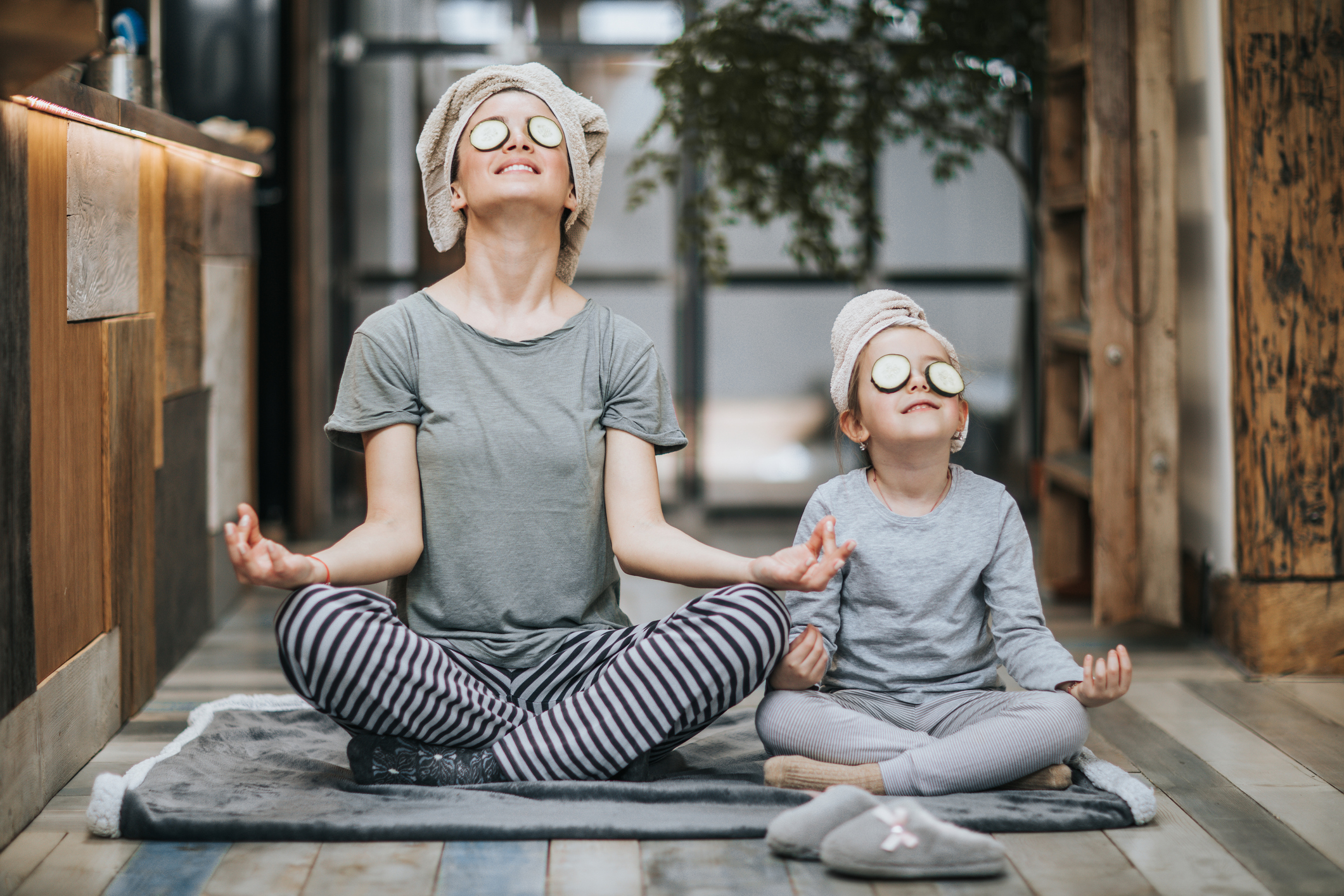I’m not sure if you’ve ever experienced this, but I have had days when I’ve hopped into my car and driven from one place to another, quite some distance at times, and not been able to remember how I got to the place I arrived at. I had been driving on automatic pilot without being in the present moment and aware of what I was doing – I simply drove the car out of habit. We can also go through life this way often being miles away in our thoughts and not truly ‘present’ in the moment without being aware that this is what is happening.
Human beings tend to be reactive; our amygdala, one of the primitive parts of the brain’s limbic system, keeps us safe by responding to threats whenever it thinks we are in danger. This can be actual physical danger or psychological and emotional danger. Sometimes in these situations, we may say or do something that we wish we could take back the moment after we blurt it out or do it.
Mindfulness supports us to create space between our emotions and our actions.
We can learn how to pay attention to our feelings and thoughts so that we can deal with positive and negative experiences more calmly and make better decisions. It helps us observe what is happening in our bodies in the present moment, understand what is driving our behaviour and choose actions that are based on clear thinking.
The purpose of teaching our children mindfulness practices is to provide them with skills and tools that support them in recognising that their thoughts are ‘just thoughts’ and that these thoughts can pass. We wanted to help them develop an awareness of both their inner and outer experiences by identifying and understanding how emotions can manifest and feel in their bodies and to recognise when their attention has wandered.
We can help them focus their attention and awareness on the present moment, and provide scaffolding and support so they can recognise, acknowledge and accept their feelings, thoughts and sensations in their body without judging them as right or wrong.
When I am working with children, I explain that mindfulness is about noticing what is happening right now in this present moment. Taking notice of how their body feels and what they can see, hear, smell, touch and taste. I talk about how they can feel different emotions in their body – maybe it gets tight somewhere when they are angry, or they feel like they have butterflies in their tummy when they get anxious or nervous, or it could even be a good sensation. I encourage them to notice what their mind is doing, and thinking, and how this impacts on their feelings and their body. When they pay mindful attention to what is happening around them and inside their bodies, it can help children calm down when they are angry, sad or frustrated and help them deal with big tough emotions.
Many researchers found that mindfulness practices can help reduce children’s symptoms of stress, anxiety and depression, mitigate the effects of bullying, help improve their capacity to regulate their emotions, help them sleep better, improve academic performance, boost their confidence, optimism and positive emotions, develop increased compassion and kindness and develop stronger relationships and improved mental fitness and wellbeing.
As parents, we are uniquely positioned to help our children develop mindfulness habits early in life that will inform their behaviours as an adult. However, mindfulness is not a cure-all, even if both we, and our children, practice mindfulness, we can still experience difficult, challenging emotions and negative mental chatter that cloud our thinking and cause us to reactively respond to events. When we implement our mindfulness tools and strategies, we can change our relationships with our thoughts, emotions and negative self-talk so they won’t have the same impact on us and our behaviour.
Here are two mindfulness activities you might like to try with your children.
-
Listening to a sound
This is one of the first ways I introduce a mindfulness activity to young children. I hold a small Tibetan singing bowl (you could use a bell or a phone app that has different sounds on it) and explain that I am going to tap the bowl and it will make a sound and then ask them to listen carefully until they can’t hear the sound anymore (this usually 30 seconds to a minute). I’ve found that this exercise has a calming effect on the students I work with and they think it’s quite fun. It focuses their attention, and we can then move on to other mindfulness activities.
-
Focused belly breathing
Get your kids to lie down flat on their backs and gently put either a book, a stuffed animal or a small stone on their belly. Then they focus their attention on their breathing watching the book, animal or stone rise and fall as they breathe in and out. I also use triangle breathing to help older kids focus on their breath. I ask them to make a triangle with their forefingers and thumbs and then breath into their belly for three counts (that represents one side of the triangle), then hold their breath for three counts (that’s another side of the triangle) and then breath out for three counts as the last side of the triangle. This encourages them to focus on slowing their breathing down.
Other ways to encourage belly breathing are by blowing bubbles or pinwheels. Get the kids to focus on taking deep, slow breaths and then exhaling slowly, so they can fill the bubbles or make the pinwheel turn for as long as possible (watch that they don’t get lightheaded doing this). Get them to closely watch the bubbles as they form, and either float away or burst.
You may also like to read:









